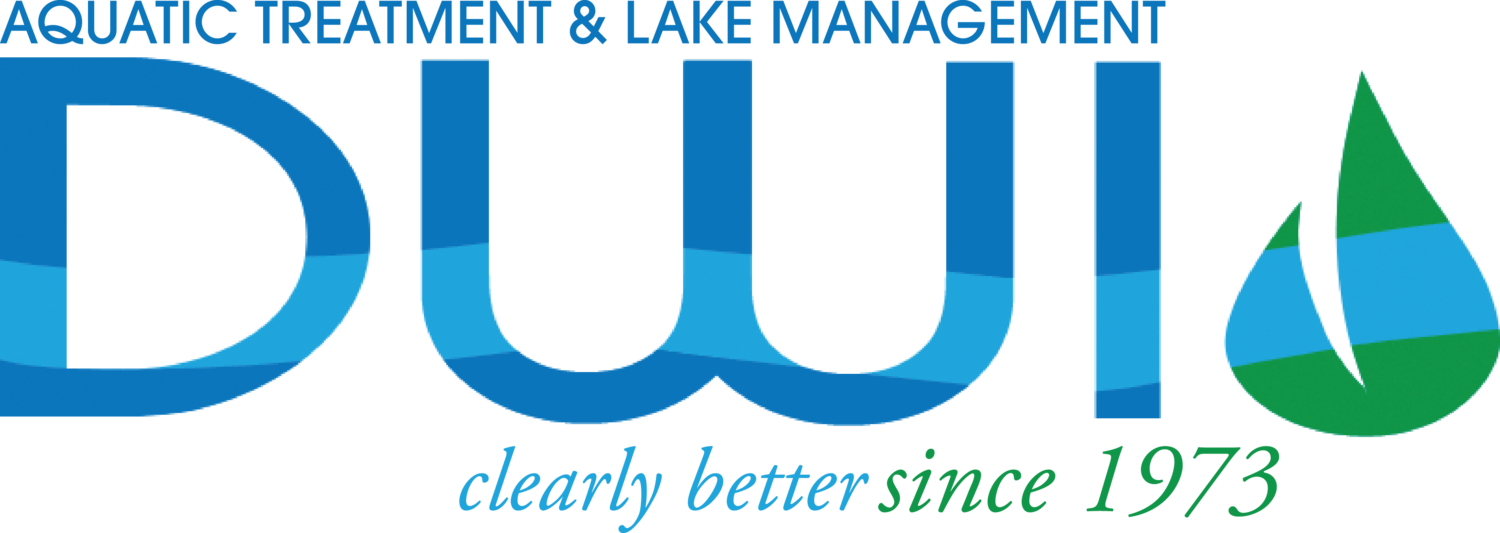By Patrick Simmsgeiger, Founder of DWI
Copper has been used for centuries to make the waters of our world easier, and cheaper, for us to handle. In the Age of Sail, when ships were made of wood; copper plating was an innovation used to control the buildup of mussels, worms, and aquatic plants. In that era and before, people recognized the ability of copper to control aquatic life through contact. Jumping ahead to the modern era, copper is still prevalent, and it is still incredibly useful in handling aquatic organisms.
In the aquatic management industry, a major debate now seems to be whether to use copper sulfate, or chelated copper sulfate compounds. Some question the point of chelated copper products, stating that it is just a new name for the same thing, and that the benefits touted by chelated copper manufacturers are exaggerated. This conversation is ongoing, and just as the aquatic environments companies treat are incredibly varied, so are the opinions of the people involved.
From here I am going to explain why I believe chelated copper sulfate is a superior formulation to standard copper sulfate.
Before really getting into the benefits of chelated copper, I think chelation deserves a short explanation for those unsure of what it actually is. The following is by no means a full explanation of the chemistry involved, but this will hopefully give an idea of what chelation is, and why it is relevant. Chelation is a process that utilizes molecules called ligands. These are molecules that specifically bind to metal ions, in this case, copper. These ligands form around the central copper atom, surrounding it, and in a sense protecting it from the environment for a time. There are many chemicals of varying strengths and solubility’s that can be used as ligands, and the selection differs by product. Translating this to algaecide effectiveness, ligands can increase the algaecide time of effect from a single day to a few weeks by allowing the gradual release of copper as the protective covering is slowly dissolved.
Now to get into the benefits behind chelated copper sulfate. As mentioned, the extended release time of the copper is one of the biggest advantages. Copper Sulfate crystals dissolve in solution, are sprayed on the target macrophyte or algae, and kill whatever they touch. However, this is as far as they go. Whatever isn’t in the direct application area can survive, and only the organic matter present at the time of application will to suffer the effects. Copper Sulfate is highly soluble, and without something to slow down the release process, the product has commonly worked to its’ full effect within 24 hours. Chelated copper sulfate has the massive advantage of not being immediately exposed to solution due to the ligands, and copper sulfates natural solubility is countered for a time.
Building on this, another benefit becomes clear from the release rate difference between the two. With chelated copper sulfate, you can apply metallic copper in smaller quantities, and less frequently. This makes sense when you consider the fact that non-chelated copper sulfate has generally run its course after a single day, and along with that, is really only affecting the areas of application as it descends through the water column. Chelated copper sulfate is also going to follow this similar path of descending to the bottom, but the difference is again made by the ligands. These compounds allow the product to stay suspended in solution for weeks at a time, releasing copper into the water column as the bonds are broken down. This allows for less applications as the copper is staying active longer, and has the chance be circulated around the application area. Instead of algae being killed for one day, algae will be affected for a longer duration as copper circulates through the system.
My final point is this; chelated copper sulfate lets you do more with less. No matter what your stance on copper products is, I think we can all agree that in a perfect world, we would never want to put heavy metals into our water. Some of you may have noticed, however, that we do not live in a perfect world, and copper is oftentimes a necessary tool to handle the problems aquatic environments face, be they natural or manmade.
When we use copper, applying the lowest amount for the greatest effect should always be the goal, and careless application is not acceptable in this day and age when so many resources are available to increase applicators knowledge and efficiency. By responsibly using chelated products we can make that much smaller of an impact on application sites and take less of a toll on the ecosystems we care for. Your sediment is not going to turn into toxic copper sludge from applying at recommended levels, but it is easy to figure that the less copper we introduce to the environment, the better. Chelated copper sulfate makes this option more realistic and is the product choice that I think should be made for those who work to preserve our waters.



